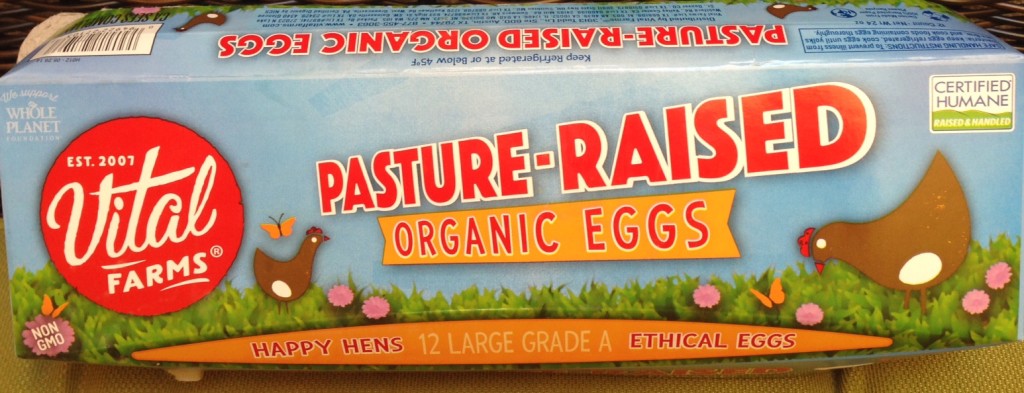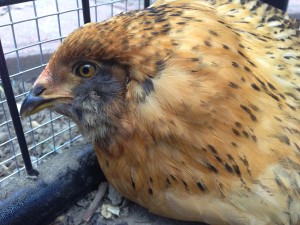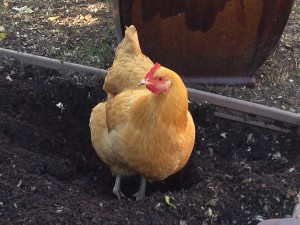Egg carton labels are confusing, misleading and almost useless.
Terms such as cage-free, free-range, free-roaming and pasture-raised have no legal standards and have little relevance to the quality of life for the chickens.
Most labeling and packaging conjures up the image of leisurely existence of a hen living out its life in a comfortable setting, With a little research, the vision of the luxury life of a free-range chicken is dashed by the reality of lives spend in cramped spaces where the birds can’t walk or even flap their wings. The nightmare scenario is made worse by the common practice of beak cutting and forced molting through starvation.
The official government labeling on eggs won’t help buyers find chickens raised in a more humane fashion, but there are five third-party certifications to help rate the welfare condition of the hens.
I have divided these into four categories: best choice, good choice, bad choice and avoid-at-all-cost choice. Most of these descriptions come from the Humane Society website
Animal Welfare Approved
Pros:
The highest welfare standard for any third-party auditing program
Forced molting through starvation and beak cutting is prohibited
Birds must be able to nest, perch and take dust-baths
All birds are cage-free with at least 1.8 square feet of floor space
Hens must have continuous access to outdoor areas for ranging and foraging
Outdoor areas must be covered with growing vegetation
Feed can’t come from any animal byproducts
Cons:
The certification is only valid for flocks of fewer than 500 birds.
Certified Humane
Pros:
Forced molting through starvation is prohibited
Cons:
Beak cutting is allowed
Three levels of certification
Cage-free
Chickens are uncaged inside a barn
Birds must be able to nest, perch and take dust-baths
Each hen must have at least 1.5 square feet of space
Free-range
Birds must have access to outside area for at least six hours a day
Outdoor areas must be covered with growing vegetation
Each hen must have at least 2 square feet of outdoor space
Pasture-raised
Birds must be place on a pasture for at least six hours every day.
Pasture must be covered mainly with growing vegetation
Each hen must have at least 108 square feet of pasture
Food alliance Certified
Pros:
All birds are cage-free with at least 1. 23 square feet of floor space
Forced molting through starvation is prohibited
Access to outdoors or natural daylight required for at least 8 hours a day
If provided, outdoor area my have growing vegetation
Chickens must be able to nest, perch and take dust-baths
Cons:
Beak cutting is allowed
Bad Choice
American Humane Certified
Pros:
Forced molting through starvation is prohibited
Cons:
Beak cutting is allowed
Four levels of certification
Enriched colony
Hens are confined in 0.8 square feet of space in conditions considered detrimental to animal welfare.
Enriched colony, also called furnished cages, is a misleading description for chickens being raised in inhumane conditions.
Cage-free
Chickens are uncaged inside a barn with 1.25 square feet of floor space
Hens have access to perches and nesting boxes
Free-Range
Each hen provide with 21.8 square feet of outdoor space
No minimum amount of time specified for outdoor access
Pasture
Each hen is provided with 108 square feet outdoor space
Pasture must be covered mainly with growing vegetation
No minimum amount of time specified for pasture access
Avoid-At-All-Cost Choice
United Egg producers certified
Pros:
Forced molting through starvation is prohibited
Cons:
Beak cutting is allowed
Permits cruel and inhumane factory farming practices
Two levels of certification
Caged
Hens have 0.46 square feet of cage space
Chickens are confined in restrictive, barren battery cages and cannot perform natural behaviors such as perching, nesting, foraging or spreading their wings
Cage-free
Hens are uncaged in a barn with 1 square foot of floor space
Access to perching and nesting







